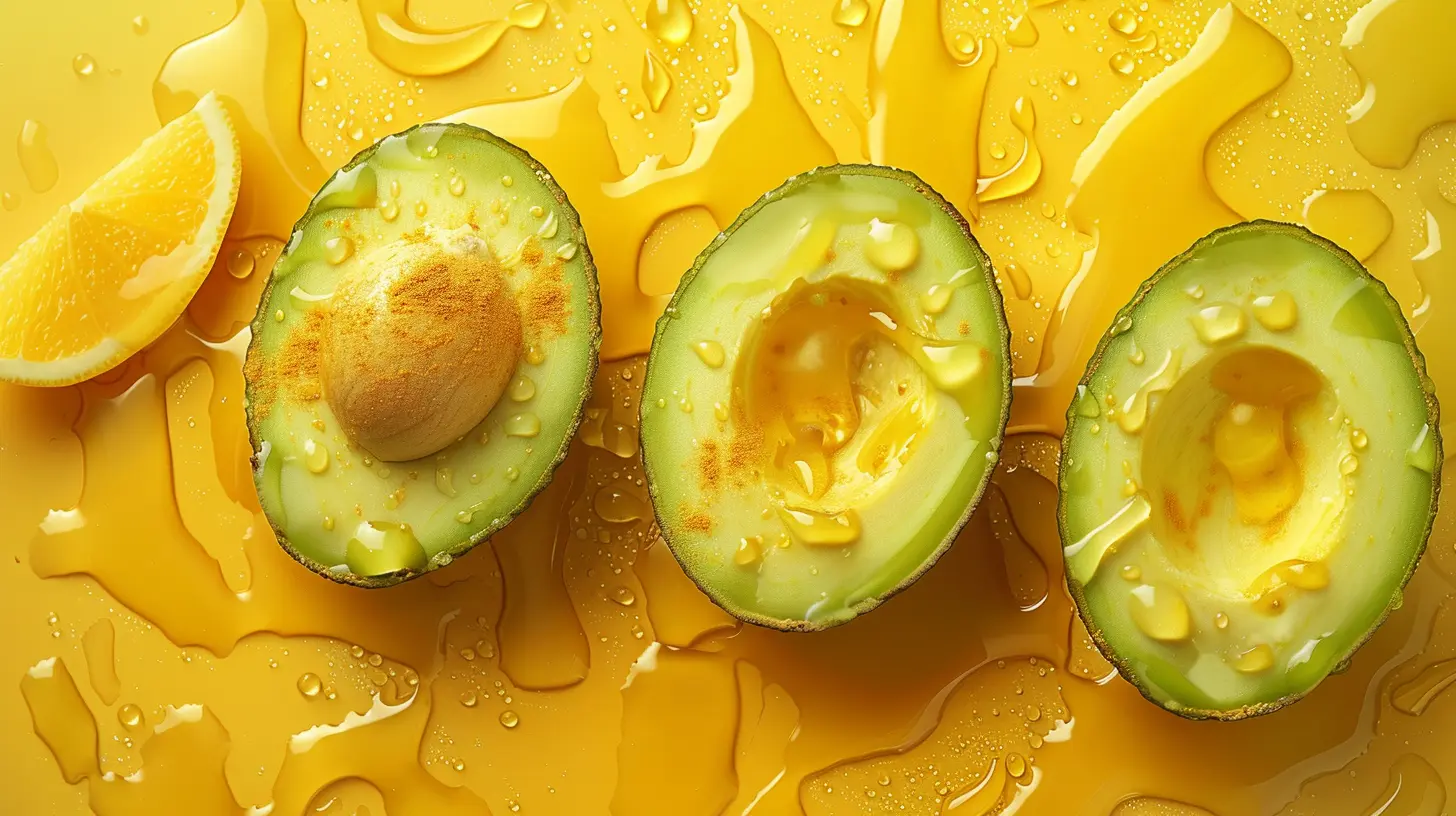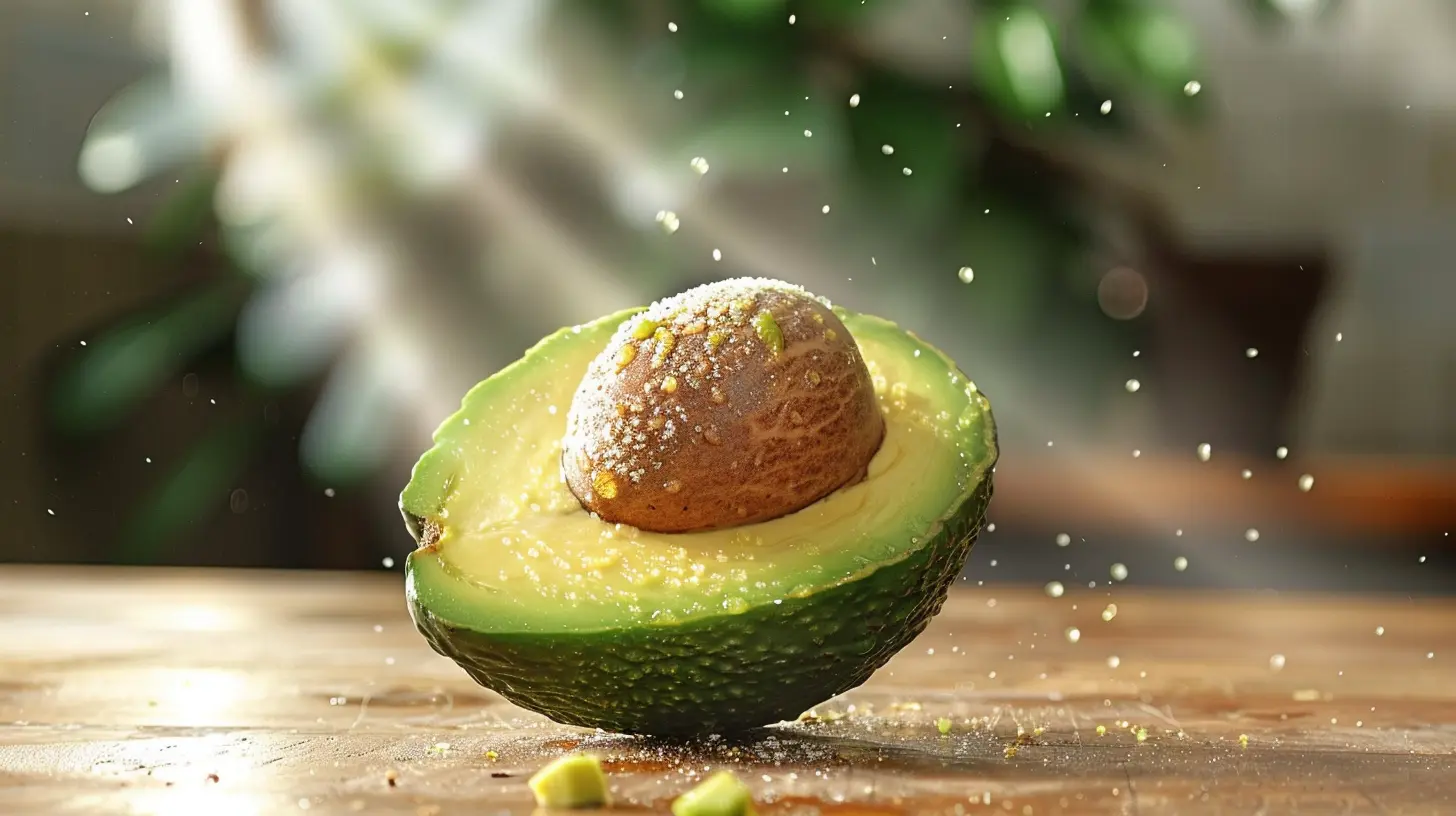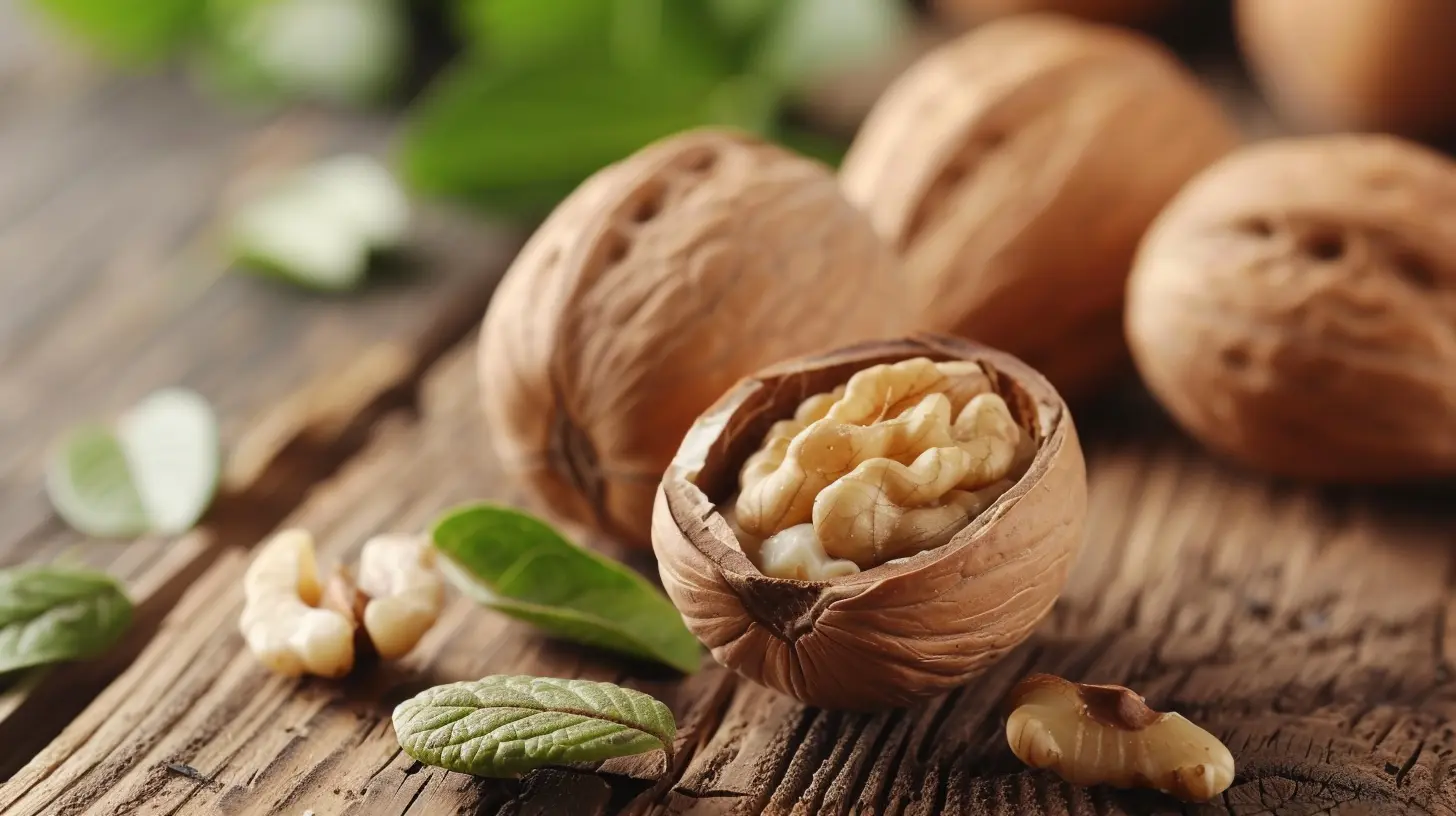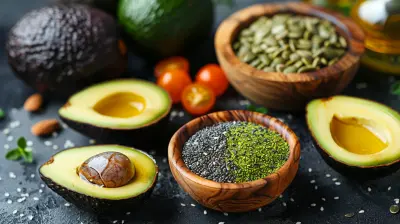How Fats Fuel Your Body for Endurance and Exercise
18 November 2025
When it comes to working out, especially those long, sweaty endurance sessions—think marathon runs, cycling tours, high-intensity interval training—the first thing most people think of is carbs, carbs, and more carbs. Yep, carbs have always held the spotlight. But guess what? Fats are lowkey the superhero behind the scenes, providing the slow-burning fuel your body needs to keep pushing when the going gets tough.
Let’s break it down. Fats are more than just the stuff that adds love handles or makes cheese taste so darn good. They’re a powerful energy source—especially for endurance athletes and fitness enthusiasts looking to go the extra mile (literally). So, buckle up! We're about to take a deep dive into how fats fuel your body for endurance and exercise, and why you might want to start appreciating them a bit more.
Why Your Body Needs Fats, Not Just Carbs
Before we get into the science-y stuff, let’s get real for a second. Your body is smart. It doesn’t put all its eggs in one basket (or one macronutrient, in this case). Sure, carbs are easier to burn and give you quick energy—but fats? They’re the slow-and-steady energy source that keeps you going over the long haul.Think of carbs like lighter fluid—great for a quick burst of fire. Fats? They’re the seasoned logs that keep the fire burning all night long.
So, why not just stick to carbs?
Because your body only stores a limited amount of carbs (as glycogen) in your muscles and liver—roughly enough for 1.5 to 2 hours of moderate to intense exercise. But fat? The average person has tens of thousands of calories stored away in fat—even the lean ones. That’s like having a backup generator that kicks in when the main power runs low.
The Basics: How Fats Are Used During Exercise
Let’s get into how this magic works.Step 1: Mobilization
When you start exercising, especially at lower to moderate intensity levels, your body starts breaking down fat stored in your adipose tissue (aka fat tissue). This fat turns into free fatty acids and glycerol.Step 2: Transportation
These free fatty acids then make a road trip via your bloodstream straight to your muscles.Step 3: Oxidation
Once they arrive, your muscle cells gobble them up and send them to the mitochondria—the powerhouse of the cell (yes, we’re still saying that in 2024). In the mitochondria, they’re oxidized (or “burned”) to produce ATP, the energy currency that powers your movement.Pretty slick, right?
Fats vs. Carbs: When Does Your Body Burn What?
Now, carbs and fats are both great sources of fuel. But they’re not used equally all the time. Your body is constantly juggling between them based on:- Exercise intensity
- Exercise duration
- Fitness level
- Dietary habits
Low to Moderate Intensity = More Fat Burn
Walking, slow jogging, yoga—during these activities, your body favors fat as the main fuel source. This is because fat burns more slowly and needs oxygen, which your body can supply more easily at lower intensities.High Intensity = More Carb Burn
Sprints, HIIT workouts, heavy lifting—these burn carbs like crazy. Your body switches to glycogen because it's faster and doesn’t need as much oxygen to metabolize.Long Duration = More Fat Usage Over Time
If you’re in it for the long haul (over an hour), fat usage increases—especially as your glycogen stores start to dip. This is why endurance athletes often train their bodies to become better fat burners.
The Endurance Athlete's Secret: Becoming "Fat Adapted"
Have you heard the term “fat adapted”? It sounds like some kind of futuristic upgrade, but it’s actually pretty old-school.Being fat-adapted means your body has been trained to use fat more efficiently for fuel. This is especially helpful for long-distance runners, hikers, or cyclists. The idea is to conserve your limited glycogen stores for when you really need them—like an energy reserve for that last brutal uphill climb.
How Do You Become Fat Adapted?
Glad you asked. It doesn’t involve anything crazy, but consistency is key. Here’s how:- Train at a lower intensity in a fasted state: This pushes your body to rely more on fat.
- Eat a higher-fat, lower-carb diet: This encourages fat oxidation over time.
- Build aerobic capacity: The more you train your aerobic system, the better your body becomes at oxidizing fat.
Warning: It takes time. No overnight miracles here, folks. Your body needs a few weeks to fully adapt.
Types of Fats: Not All Are Created Equal
Okay, so fats are great. But let’s not get carried away—not all fats are friendly. While your body can technically use most fats for fuel, some promote better health and performance than others.Healthy Fats (Put These On Your Plate)
- Monounsaturated fats: Found in avocados, olive oil, nuts.- Polyunsaturated fats: Omega-3s and 6s—found in fatty fish, flaxseeds, walnuts.
- Medium-chain triglycerides (MCTs): Found in coconut oil; absorbed quickly and used for instant energy.
These fats reduce inflammation (key for faster recovery), support heart health, and boost energy.
Fats to Limit (We See You, Trans Fats)
- Trans fats: Found in many processed foods, baked goods, and margarine. These increase bad cholesterol and do a number on your cardiovascular system.- Excess saturated fats: Okay in moderation but don’t turn every meal into a cheeseburger.
Bottom line: healthy fats = better energy, better performance, and better health.
How to Incorporate Healthy Fats into Your Diet
If you’re looking to fuel your endurance workouts, consistently incorporating healthy fats into your meals is a game-changer. Here are a few easy ways to do this:- Add chia seeds or flaxseed to your smoothies.
- Drizzle extra virgin olive oil on your salads and veggies.
- Snack on mixed nuts or almond butter with fruit.
- Eat avocados like it’s your job (because they’re amazing).
- Include fatty fish like salmon or sardines a few times a week.
The key is balance. You don’t need to go full keto to reap the fat-burning benefits. Just make fats a regular part of your fuel system.
The Role of Fats in Recovery
Guess what? Fats aren’t just for energy during a workout—they help you recover afterward too.After endurance exercise, your body is inflamed (in a good way—it’s your body adapting), and healthy fats like omega-3s can help reduce that inflammation. This, in turn, speeds up recovery, reduces soreness, and gets you back out there faster.
Bonus: Fats Help Absorb Nutrients
Fat-soluble vitamins (A, D, E, and K) need fat to be absorbed properly. These vitamins are crucial for immune health, joint strength, and cellular repair—basically, everything endurance athletes need to stay fit and avoid injuries.Myths About Fat and Fitness (That Need to Die)
Let’s bust some myths while we’re here:“Eating Fat Makes You Fat”
Nope. Eating too many calories makes you fat. Fats, when eaten in the right amounts, actually help regulate hunger hormones and keep you full longer.“Carbs Are Better Than Fats for All Exercise”
Not entirely true. Carbs may be better for short bursts, but for endurance and long efforts, fats take the crown.“You Can’t Burn Fat Unless You’re Doing Cardio”
Wrong again. Even when resting, your body is burning a mix of carbs and fats. Strength training? Still burning fat. It’s not just a cardio thing.Final Thoughts: Fats are Your Friend in the Fitness Journey
So there you have it. Fats aren’t the enemy—they’re your long-distance bestie, your endurance engine, your steady flame. They won’t give you that lightning bolt of energy like carbs do, but they’ll keep you from crashing and burning halfway through your workout.Whether you’re training for your first 10K, going for a new hiking record, or just looking to level up your fitness, understanding how fats fuel your body can give you a major edge.
Treat fat like a tool in your nutrition toolbox. Respect it, use it wisely, and it’ll carry you farther than you ever thought possible.
all images in this post were generated using AI tools
Category:
Healthy FatsAuthor:

Sophia Wyatt

